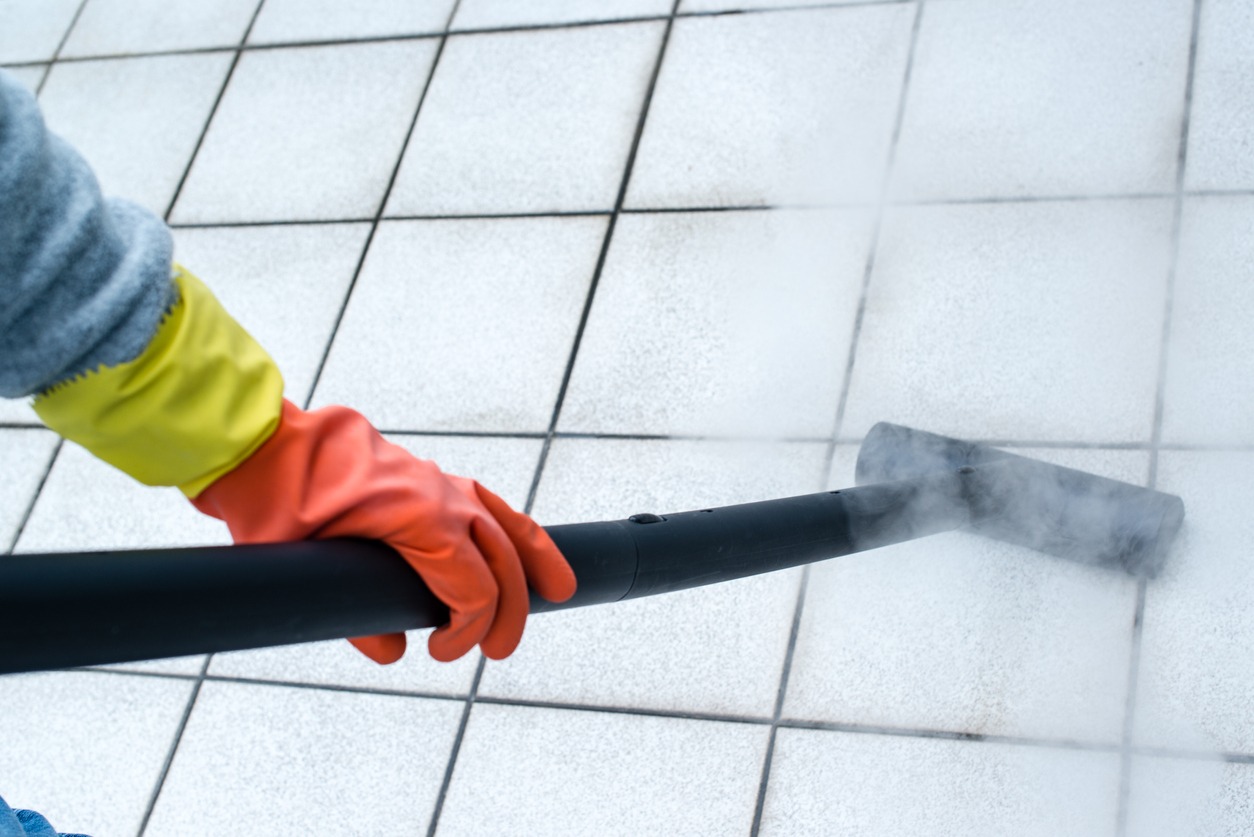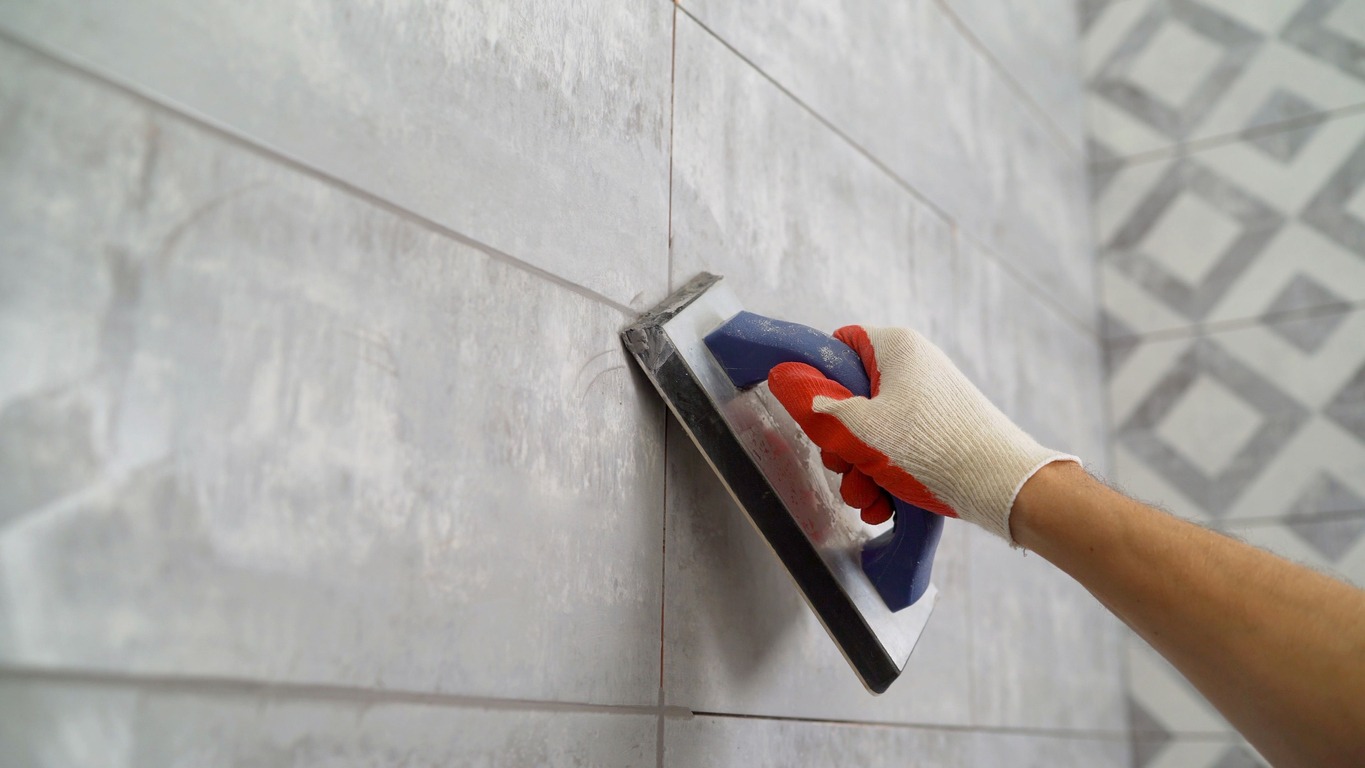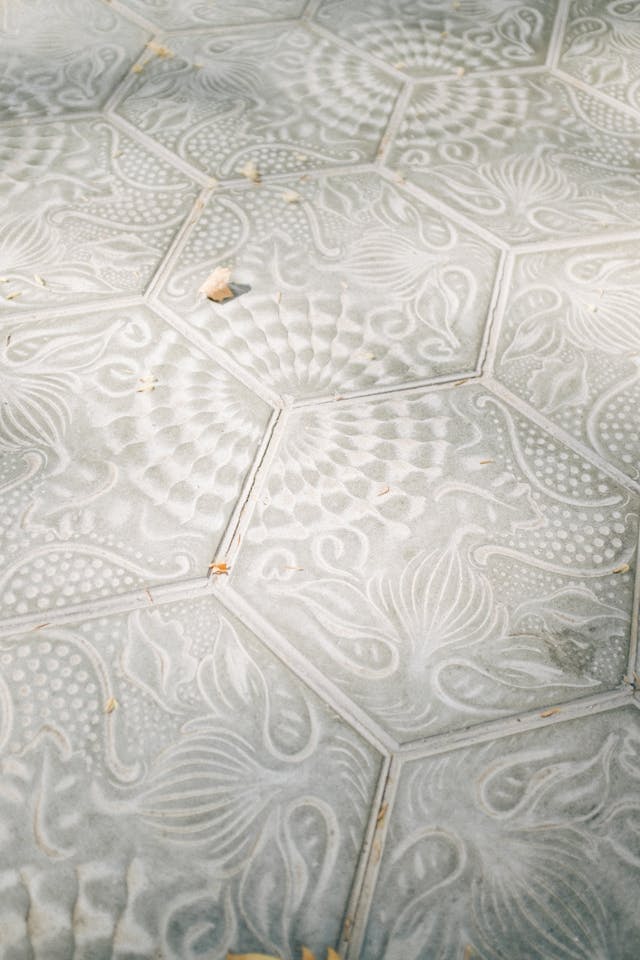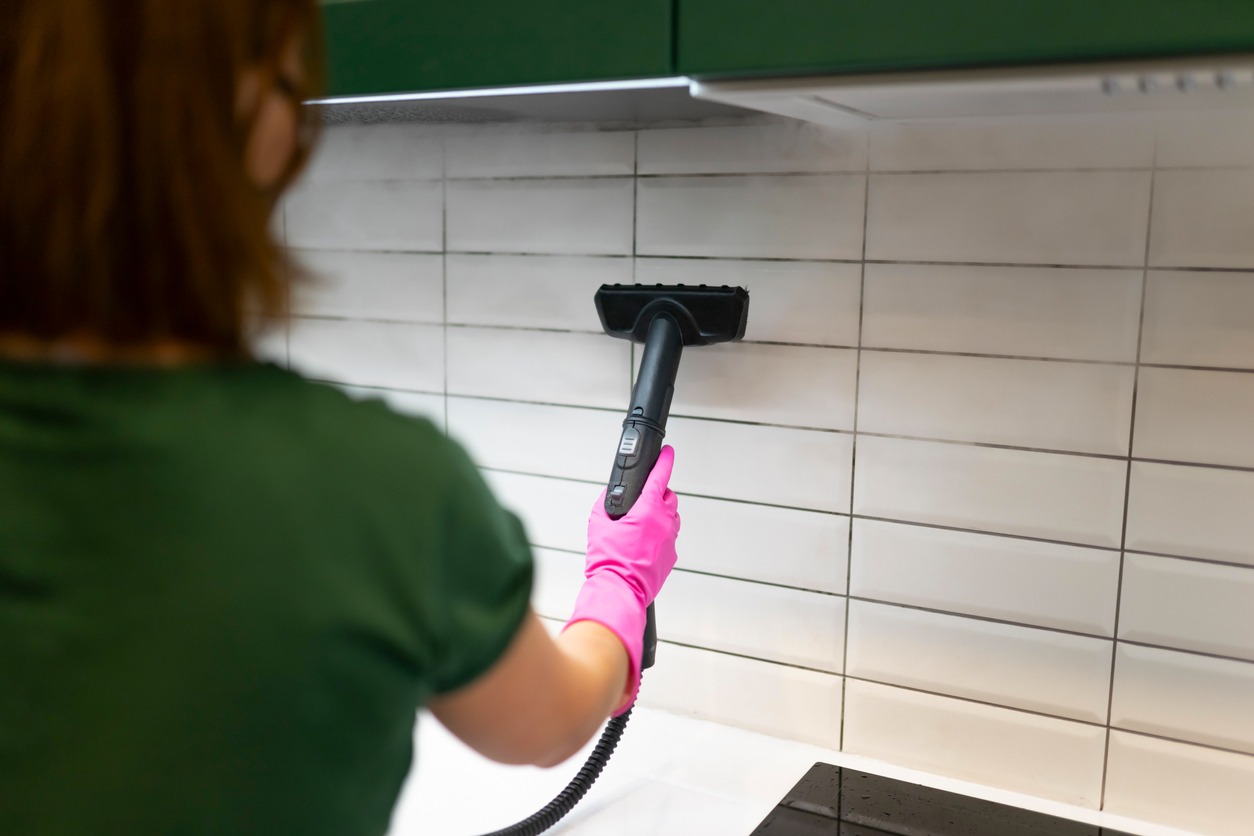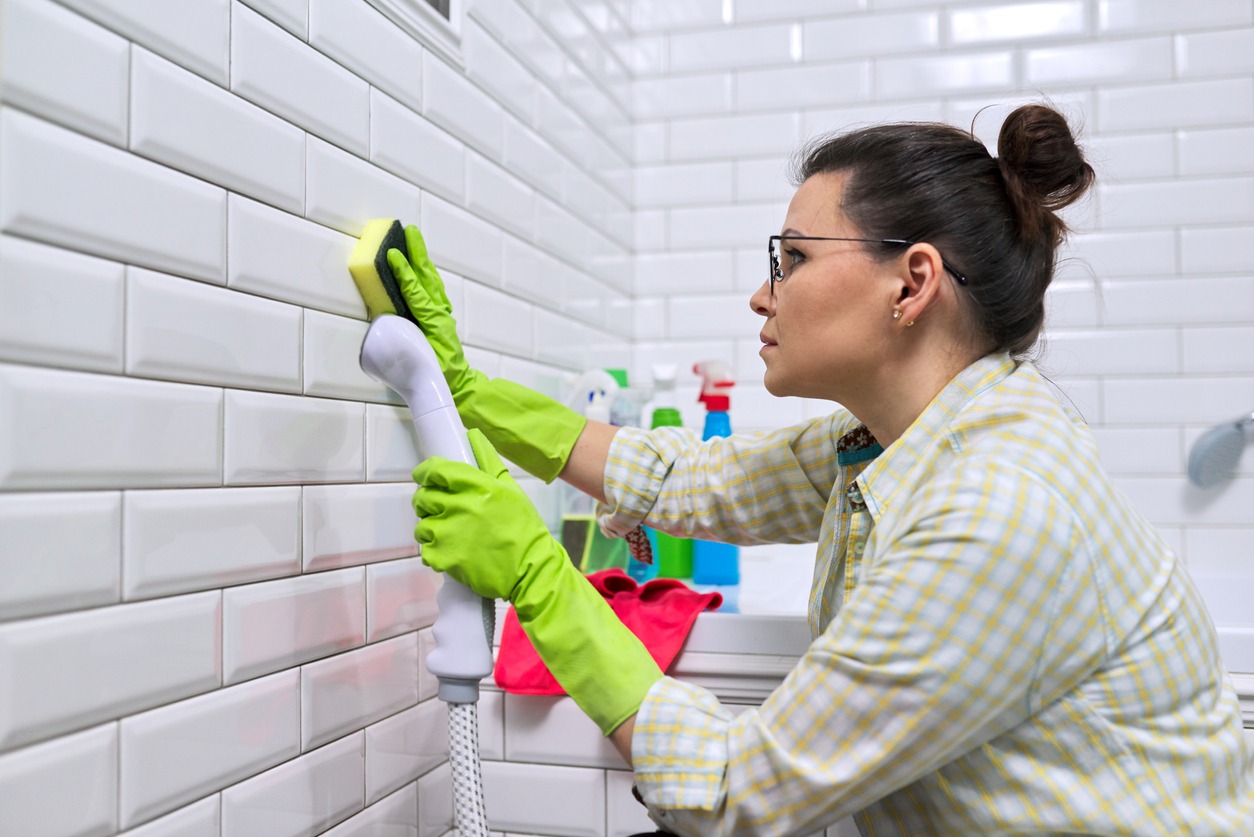Steam cleaners have become a popular tool in household cleaning, offering a chemical-free way to sanitize and clean various surfaces. One particular area of interest is their effectiveness in cleaning grout—a notoriously challenging task due to grout’s porous nature, which allows it to easily absorb dirt and stains.
This article delves into the use of steam cleaners for grout maintenance, examining their efficiency, the principles behind their cleaning power, and the results they deliver. By comparing traditional cleaning methods with the steam cleaning process, we aim to provide a comprehensive overview of whether steam cleaners are a suitable and effective solution for keeping grout clean and bright. Through expert opinions, user experiences, and scientific explanations, readers will gain insights into the potential benefits and limitations of using steam cleaners for grout, helping them make informed decisions about their cleaning practices.
What is Grout?
Grout is a dense fluid that is used to fill gaps or as reinforcement in existing structures. It is a mixture of water, cement, sand, often color tint, and sometimes fine gravel (if it is being used to fill the spaces between larger stones). Grout is commonly used in construction and home improvement projects, particularly for tiling. It fills the spaces between tiles to secure them in place and to protect the underlying surface from water damage and other elements. Grout helps to complete the look of a tiled surface, making it look uniform and finished.
There are several types of grouts, including:
- Unsanded Grout: Best for narrow grout lines and use on walls because it is smoother and sticks well to vertical surfaces.
- Sanded Grout: Contains sand to add strength to the grout, making it suitable for flooring and wider grout lines because it resists cracking and shrinkage.
- Epoxy Grout: Made from epoxy resins and a filler powder, this type of grout is extremely durable, resistant to stains, and waterproof. It is ideal for areas exposed to harsh conditions, like kitchens and bathrooms.
Grout plays a critical role not only in the aesthetic finish of a tiled area but also in its longevity and durability, protecting edges from chipping and cracking and providing a barrier against moisture penetration that can lead to mold and mildew growth.
Why Does Grout Get Dirty?
Grout gets dirty due to a combination of factors, primarily because of its porous nature and location. Here are the main reasons why grout tends to accumulate dirt and stains over time:
Porous Material: Grout is made from a mixture of water, cement, and sand, which makes it very porous. This means it can easily absorb liquids, dirt, and grime, leading to discoloration and staining.
Moisture Exposure: In areas like bathrooms and kitchens, grout is frequently exposed to moisture and humidity. This constant exposure can promote the growth of mold, mildew, and bacteria, which can cause grout to appear dirty and discolored.
Foot Traffic: Floors with tiled surfaces endure a significant amount of foot traffic. Dirt and debris from shoes can get trapped in the grout lines, causing them to become grimy over time.
Spills and Splashes: In the kitchen, spills from food, drinks, and cooking oils can seep into the grout, causing stains. Similarly, in the bathroom, soap, shampoo, and beauty products can splash onto tiled surfaces, contributing to grout discoloration.
Improper Cleaning: Sometimes, the cleaning methods or products used can make grout dirtier. For example, using too much water or the wrong cleaners can leave behind residues that attract more dirt. Additionally, vigorous scrubbing can damage grout, making it more susceptible to dirt and staining.
Lack of Sealant: Grout should be sealed after installation and periodically thereafter to protect it from stains and moisture. If the sealant wears off or if the grout is never sealed, it becomes more vulnerable to dirt and stains.
These factors combined make grout maintenance a challenging but necessary task to keep tiled surfaces looking clean and to extend their lifespan. Proper cleaning techniques and regular sealing can help mitigate these issues and keep grout looking its best.
What are steam cleaners?
Steam cleaners are cleaning devices that use steam to deep clean and sanitize various types of surfaces without the need for chemical detergents. These machines work by heating water to a high temperature to produce steam, which is then applied to the surface being cleaned through a nozzle, brush, or other attachment. The steam’s heat is effective in breaking down dirt, grease, and grime, and killing bacteria, dust mites, and other allergens.
There are several types of steam cleaners, including:
- Handheld Steam Cleaners: Compact and easy to handle, these are great for small cleaning tasks, such as sanitizing bathroom fixtures, and kitchen surfaces, and removing grime from corners and crevices.
- Steam Mops: Designed primarily for floor cleaning, steam mops use a microfiber pad to pick up dirt as the steam loosens it. They are ideal for sealed hardwood, tile, laminate, and vinyl flooring.
- Canister Steam Cleaners: Larger and more versatile, canister steam cleaners come with a variety of attachments for different surfaces, making them suitable for comprehensive home cleaning, including floors, windows, upholstery, and more.
- Vapor Steam Cleaners: These use dry steam with a low moisture content, which means surfaces dry faster after cleaning. They are effective for both residential and commercial cleaning tasks, offering deep cleaning and sanitization benefits.
The effectiveness of steam cleaners lies in their ability to clean and sanitize surfaces without chemicals, making them an eco-friendly option. They are particularly useful for people with allergies or sensitivities to chemicals, as well as those looking to reduce their environmental impact. Steam cleaners can tackle a wide range of cleaning tasks, from removing stubborn stains and built-up grime to eliminating bed bugs and allergens.
Steam Cleaners for Cleaning Grout
Tiles may be smooth and straightforward to clean, but grout, the material filling the gaps between tiles, easily traps dirt, making it tough to clean through ordinary methods. Often, people turn to strong chemicals like bleach and scrub vigorously on their hands and knees, which can be unpleasant and tiring.
Enter the steam cleaner: a powerful tool that simplifies this demanding task. It uses pressurized steam to deeply clean grout, making your tiled floors look as good as new. This method is particularly effective on sealed grout. The combination of high-pressure steam, a gentle scrub, and a bristle brush attachment can rejuvenate grout, tackling even the most stubborn dirt and grime on your tiles. Additionally, steam cleaning not only removes dirt from tile floors but also reaches into the grout lines to clean and sanitize them.
Keeping your grout clean with a steam cleaner can prevent it from becoming dull and wearing down, thereby extending the life of both your grout and tiles. Steam cleaners are versatile and can be used on various tile materials, including ceramic, porcelain, marble, terrazzo, and more.
The process involves the steam cleaner’s hot water jetting out to loosen and dissolve stuck-on dirt, making it easier to remove. The included brush heads enable gentle scrubbing, allowing the steam’s power to loosen the dirt effectively.
When choosing brush heads, steam cleaners often offer options with soft or stiff bristles. It’s recommended to start with the softer brushes and only switch to harder ones if necessary, to avoid damaging the grout. While some grout grit on the floor after cleaning is normal, it should be minimal.
Many steam cleaners come with attachments specifically designed for grout cleaning, including highly effective brass bristle brushes. While nylon bristle brushes are common, brass or sometimes stainless-steel brushes can offer more intensive cleaning capabilities, ensuring your grout is thoroughly cleaned without causing damage.
Does Steam Cleaning Cause Damage to Grout?
Because steam cleaners produce high-temperature levels, many homeowners wonder if steam cleaning can harm grout. But as long as your grout is intact and has been previously sealed, steam cleaning will not damage the grout.
If used correctly, you should not have any worries. Pure water vapor alone cannot damage grout because it only weakens dirt and mildew.
However, there are instances when a steam cleaner may damage grout, like when the grout has already started to erode from previous chemical use or if it is damaged or cracked loose. This is why steam cleaning is not usually recommended for grouts with these conditions:
Previous chemical use
Harsh chemicals are harmful to grout, as they can ruin its adhesiveness. When you use harsh chemicals to clean grout, it can seep down the line because it is porous. Over time, it loosens up the grout’s cement base.
Already damaged grout
If the grout is already damaged or cracked, it often has an insufficient amount of mortar. In that case, it can easily become loose, chip away, fall out, or crack. The cracked or loose grout may loosen when hit with steam pressure. Always check the grout before steaming to ensure there is no pre-existing damage.
How to Steam Clean Grout Properly
Steam cleaning grout properly requires a careful approach to ensure deep cleaning without damaging the grout or tiles. Here is a step-by-step guide on how to steam-clean grout effectively:
Step 1: Preparation
Clear the Area: Remove any furniture, rugs, or obstacles from the area to be cleaned.
Sweep or Vacuum: Start by sweeping or vacuuming the floor to remove loose dirt and debris from the tiles and grout lines.
Step 2: Choose the Right Attachment
Use the brush attachment suited for grout cleaning. Most steam cleaners come with a variety of brushes; small, stiff-bristled brushes are often best for grout. If available, use a grout-specific attachment.
Step 3: Pre-Treatment (Optional)
For extremely dirty grout, consider applying a mild detergent or grout cleaner to the grout lines before steam cleaning. This can help break down heavy buildup. Let it sit for a few minutes, then proceed with steam cleaning.
Step 4: Steam Cleaning
Fill the steam cleaner with water and allow it to heat up according to the manufacturer’s instructions. Start with the steam cleaner set to a moderate steam level to avoid excessive moisture and damage. Hold the steam cleaner’s brush attachment against the grout lines and slowly move along them. The steam will penetrate the grout, loosening dirt and grime. For stubborn areas, make several passes or allow the steam to focus on the spot for a longer period. However, be cautious not to overdo it to prevent grout damage.
Step 5: Scrubbing
After steaming, use the brush attachment to gently scrub the grout lines. This will help remove loosened dirt and stains.
Step 6: Wiping Clean
Wipe the area with a clean, dry cloth or mop to remove any remaining moisture and dirt. This also helps in picking up the dirt that has been loosened by the steam.
Step 7: Drying
Allow the floor to dry completely. Ventilate the area well or use fans to speed up the drying process.
Step 8: Sealing Grout (Optional, but Recommended)
Once the grout is clean and completely dry, consider applying a grout sealer to protect it from future staining and to make it easier to clean. Follow the sealer’s application instructions carefully.
Step 9: Regular Maintenance
To keep grout looking its best, regularly sweep or vacuum and perform steam cleaning as needed. This will prevent buildup and extend the life of your grout.
Conclusion
Steam cleaners are highly effective tools for cleaning grout due to their ability to penetrate deep into the porous surface of grout lines, removing dirt, grime, and bacteria without the need for harsh chemicals. The high-temperature steam not only cleans but also sanitizes the grout, making it a safe, environmentally friendly option for households. However, it is essential to use steam cleaners correctly to prevent damage to grout and surrounding tiles. Therefore, while steam cleaners can be an excellent choice for maintaining the cleanliness and appearance of grout, it is crucial to follow the manufacturer’s instructions and take necessary precautions.

